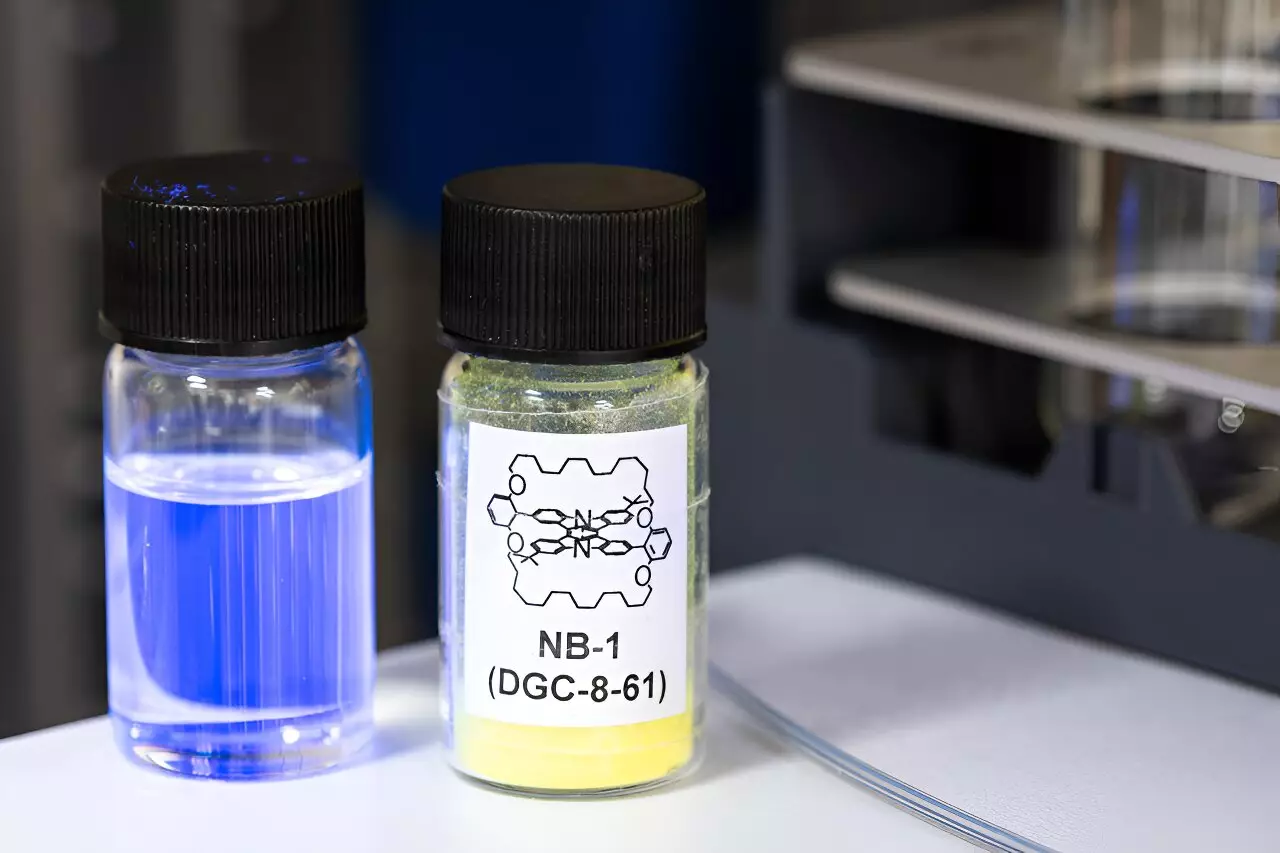The continuous advancement in technology has paved the way for the development of new and improved organic light-emitting diodes (OLEDs). Researchers have recently discovered a groundbreaking method to streamline the structure of high-efficiency blue OLEDs, which could potentially revolutionize the quality and longevity of television screens and smartphone displays.
While OLEDs offer exceptional picture quality, they also come with certain limitations, such as high production costs and shorter lifespans. The traditional OLED displays consist of red, green, and blue subpixels that emit light at varying intensities to generate different colors. However, the blue subpixels are particularly unstable and prone to screen burn-in, leading to discoloration and a diminished viewing experience.
A collaborative team of researchers from Northumbria, Cambridge, Imperial, and Loughborough universities has unveiled a novel design that addresses these challenges by simplifying the structure of OLEDs. This innovative approach aims to create more robust, efficient, and cost-effective systems with purer and more stable blue light emission. The implications of this discovery are far-reaching, potentially resulting in energy-saving TV and smartphone screens that are environmentally sustainable.
OLEDs are constructed with organic semiconductor layers sandwiched between two electrodes, with the emissive layer at the core. When electricity is supplied, the molecules within the emissive layer harness the energy and convert it into light. However, the inefficiencies in this process, especially concerning blue light emission, can degrade the OLED structure and reduce its performance and lifespan.
Dr. Marc Etherington, an Assistant Professor specializing in Molecular Photophysics at Northumbria University, spearheaded a spectroscopic analysis to investigate the triplet energies of the molecules within OLEDs. By gaining a profound understanding of the energy transfer mechanisms, Dr. Etherington’s research provided invaluable insights for the research team to optimize the energy levels within the OLED structure.
Drawing on Dr. Etherington’s research, the team designed a new light-emitting molecule with added protective shields to block detrimental energy pathways and regulate molecular interactions. This enhanced comprehension of molecular efficiency in OLEDs will guide future material design and usage, ultimately leading to improved device performance and reduced energy consumption.
Dr. Etherington emphasized the potential impact of their new molecule in driving the development of more efficient OLEDs, aligning with global efforts to achieve net-zero targets. Co-corresponding author Dr. Daniel Congrave from the University of Cambridge highlighted the significance of simplifying the emissive layer of the blue pixel, which could substantially enhance OLED longevity and affordability.
The recent breakthrough in OLED technology represents a significant stride towards enhancing the quality, efficiency, and sustainability of television screens and smartphone displays. As researchers continue to innovate and optimize OLED design, consumers can anticipate a future where energy-efficient and long-lasting OLED devices redefine the viewing experience in the digital era.


Leave a Reply